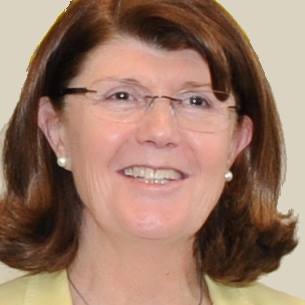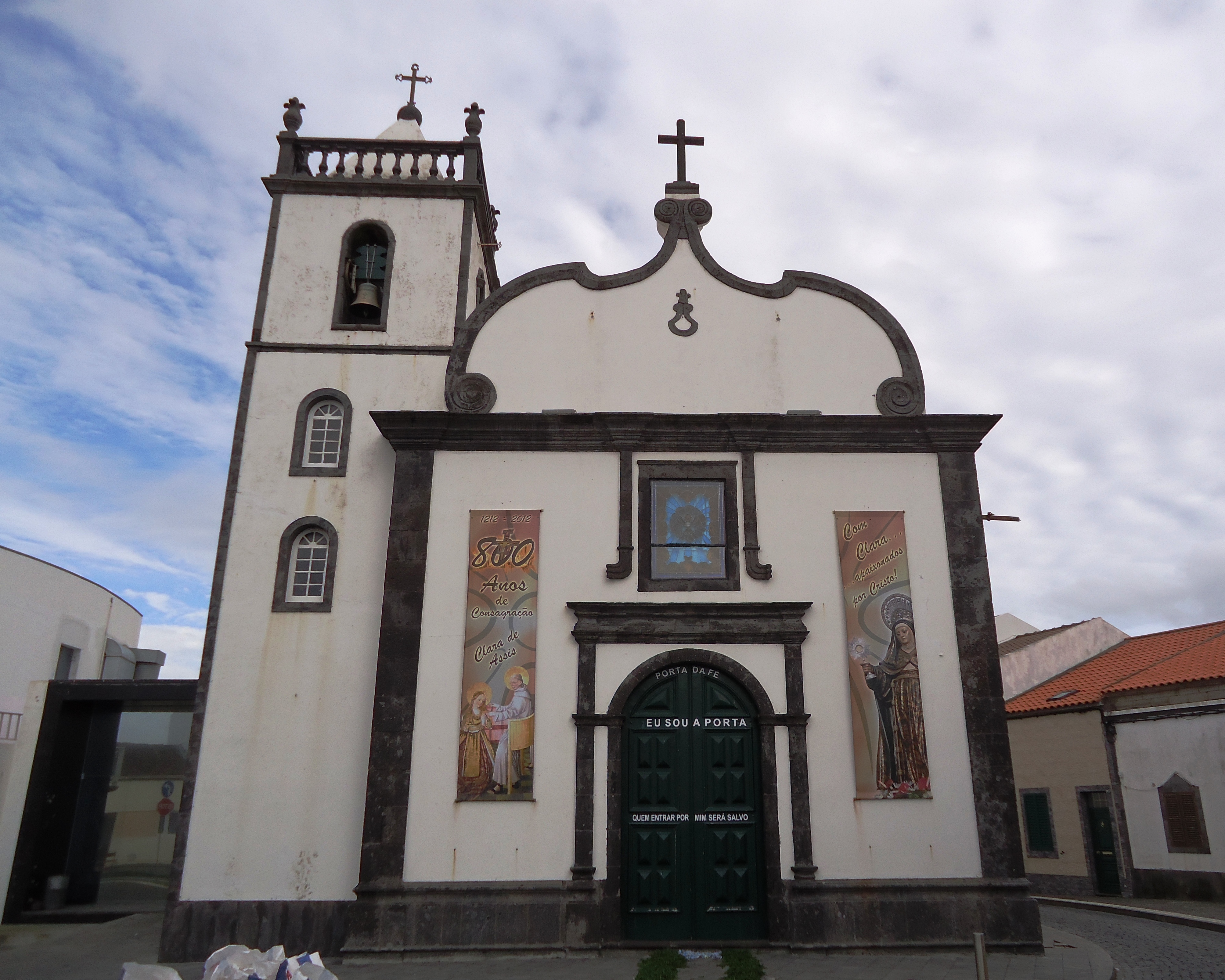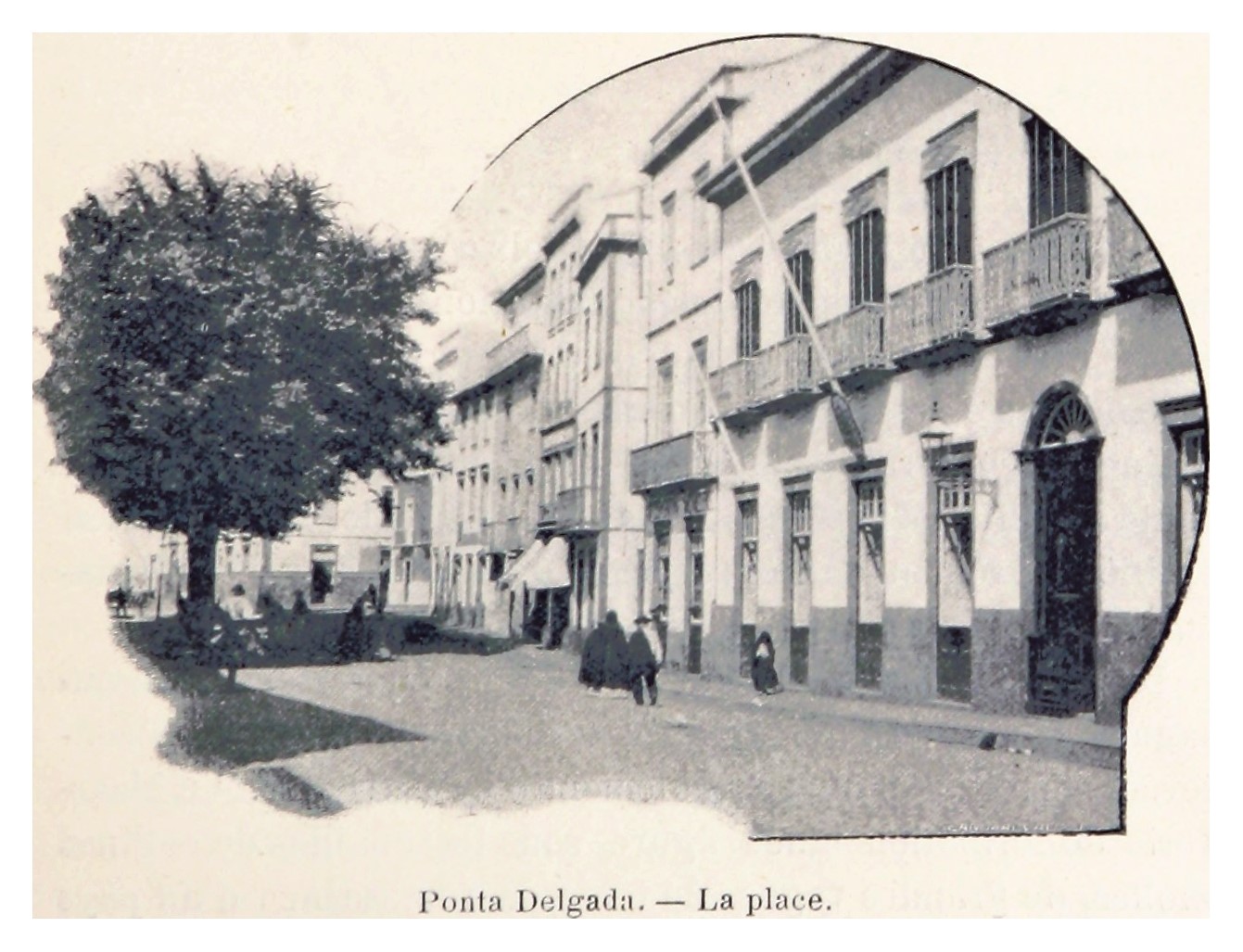|
São José (Ponta Delgada)
São José is a civil parish in the municipality of Ponta Delgada on the island of São Miguel in the Portuguese archipelago of the Azores. It is one of the constituent parts of the city of Ponta Delgada, and location of many of the island's more significant cultural and historical, commercial and residential buildings. Extending a short distance along the coast it, nevertheless includes a large mixed urban-rural constituency from the shore north to the main freeway, the Via-Rápida. The population in 2011 was 5,934, in an area of 1.66 km2. History Historically, the region of the parish of São José was the dropping-off point for the settlers to the western part of the island. Its past is naturally confused with the history of Ponta Delgada, or ''Ponta de Santa Clara'', in the writings of Gaspar Frutuoso, which was transformed into town by King Manuel I of Portugal in 1499. Later it was elevated to the status of city in 1546, under the decrees of John III of Portugal. ... [...More Info...] [...Related Items...] OR: [Wikipedia] [Google] [Baidu] |
São Miguel Island
São Miguel Island (; Portuguese for "Saint Michael"), nicknamed "The Green Island" (''Ilha Verde''), is the largest and most populous island in the Portuguese archipelago of the Azores. The island covers and has around 140,000 inhabitants, with 45,000 people residing in Ponta Delgada, the archipelago's largest city. History In 1427, São Miguel became the second of the islands discovered by Gonçalo Velho Cabral to be settled by colonists from continental Portugal. This date is uncertain, as it is believed that the island was discovered between 1426 and 1437 and inscribed in portolans from the middle of the 15th century. Its discovery was later recorded by Father Gaspar Frutuoso in the seminal history of the Azores, ''Saudades da Terra'', as he began: "This island of São Miguel where...we are, is mountainous and covered in ravines, and it was, when we discovered it, covered in trees...due to its humidity, with its water showers and ravines warm with sun..." It was sometime ... [...More Info...] [...Related Items...] OR: [Wikipedia] [Google] [Baidu] |
João Bosco Mota Amaral
João Bosco Soares da Mota Amaral (born 15 April 1943, in Ponta Delgada, São Miguel, Azores) is a Portuguese politician. He served as President of the Assembly of the Republic of Portugal from 2002 to 2005 and President of the Autonomous Regional Government of the Azores from 1976 to 1995. Career He earned a Master's degree in Law from the Faculty of Law of the University of Lisbon and is a Doctorate ''honoris causa'' in Economic Sciences from the University of the Azores. He integrated the Liberal Wing, led by Francisco Sá Carneiro, and was elected a Deputy (legislator), Deputy to the National Assembly in 1969. He was one of the Founders of the then Social Democratic Party (Portugal), Popular Democratic Party (PPD) in May 1974, a month after the Carnation Revolution, together with Francisco Sá Carneiro, Francisco Pinto Balsemão, Joaquim Magalhães Mota, Carlos Mota Pinto, Alberto João Jardim, António Barbosa de Melo and António Marques Mendes, being responsible for the ... [...More Info...] [...Related Items...] OR: [Wikipedia] [Google] [Baidu] |
João Bosco Soares Da Mota Amaral
João is the Portuguese equivalent of the given name John. The diminutive is Joãozinho and the feminine is Joana. It is widespread in Portuguese-speaking countries. Notable people with the name are enumerated in the sections below. Kings * João I of Kongo, ruled 1470–1509 * João II of Lemba or João Manuel II of Kongo, ruled 1680–1716 * Dharmapala of Kotte, last King of the Kingdom of Kotte, reigned 1551–1597 Princes * João Manuel, Hereditary Prince of Portugal (1537–1554), son of John III * Infante João, Duke of Beja (1842–1861) Arts and literature * João Bosco, Brazilian musician * João Cabral de Melo Neto, Brazilian poet and diplomat * Joao Constancia, Filipino singer, actor and dancer * João Donato, Brazilian musician * João de Deus de Nogueira Ramos, Portuguese poet * João Gilberto, Brazilian musician * João Guimarães Rosa, Brazilian novelist, short story writer, and diplomat * João Miguel (actor), Brazilian actor * João Nogueira, Brazilian musi ... [...More Info...] [...Related Items...] OR: [Wikipedia] [Google] [Baidu] |
Manuel II Of Portugal
'' Dom'' Manuel II (15 November 1889 – 2 July 1932), "the Patriot" ( pt, "o Patriota") or "the Unfortunate" (), was the last King of Portugal, ascending the throne after the assassination of his father, King Carlos I, and his elder brother, Luís Filipe, the Prince Royal. Before ascending the throne he held the title of Duke of Beja. His reign ended with the fall of the monarchy during the 5 October 1910 revolution, and Manuel lived the rest of his life in exile in Twickenham, Middlesex, England. Early life ''Manuel Maria Filipe Carlos Amélio Luís Miguel Rafael Gabriel Gonzaga Francisco de Assis Eugénio de Saxe-Coburgo-Gota e Bragança'' was born in the Palace of Belém, Lisbon, less than a month after his father King Carlos I ascended the Portuguese throne. He was the third child and second son of Carlos and Amélie of Orléans. A member of the House of Braganza,"While remaining patrilineal dynasts of the duchy of Saxe-Coburg and Gotha according to pp. 88, 116 ... [...More Info...] [...Related Items...] OR: [Wikipedia] [Google] [Baidu] |
Portuguese People
The Portuguese people () are a Romance nation and ethnic group indigenous to Portugal who share a common culture, ancestry and language. The Portuguese people's heritage largely derives from the pre-Celts, Proto-Celts ( Lusitanians, Conii) and Celts ( Gallaecians, Turduli and Celtici), who were Romanized after the conquest of the region by the ancient Romans. A small number of male lineages descend from Germanic tribes who arrived after the Roman period as ruling elites, including the Suebi, Buri, Hasdingi Vandals, Visigoths with the highest incidence occurring in northern and central Portugal. The pastoral Caucasus' Alans left small traces in a few central-southern areas. Finally, the Umayyad conquest of Iberia also left Jewish, Moorish and Saqaliba genetic contributions, particularly in the south of the country. The Roman Republic conquered the Iberian Peninsula during the 2nd and 1st centuries B.C. from the extensive maritime empire of Carthage during the s ... [...More Info...] [...Related Items...] OR: [Wikipedia] [Google] [Baidu] |
Teófilo Braga
Joaquim Teófilo Fernandes Braga (; 24 February 1843 – 28 January 1924) was a Portuguese writer, playwright, politician and the leader of the Republican Provisional Government after the overthrow of King Manuel II, as well as the second elected president of the First Portuguese Republic, after the resignation of President Manuel de Arriaga. Biography Teófilo Braga was born in the Azores, in São José, Ponta Delgada, his father was Joaquim Manuel Fernandes Braga who probably a descendant of one of King João V’s illegitimate children, most likely António of Braganza who was a Doctor in Theology, knight of Order of Christ and known for one of 3 Children of Palhavã. His mother was Maria José da Câmara e Albuquerque, from the island of Santa Maria, another descendant of Portuguese nobility because she was probably traced to Infanta D. Urraca, who was the one of King Afonso III’s illegitimate children, as the genealogist Ferreira Serpa has shown. Teófilo was ... [...More Info...] [...Related Items...] OR: [Wikipedia] [Google] [Baidu] |
Rio De Janeiro
Rio de Janeiro ( , , ; literally 'River of January'), or simply Rio, is the capital of the Rio de Janeiro (state), state of the same name, Brazil's List of Brazilian states by population, third-most populous state, and the List of largest cities in Brazil, second-most populous city in Brazil, after São Paulo. Listed by the Globalization and World Cities Research Network, GaWC as a global city, beta global city, Rio de Janeiro is the Largest cities in the Americas, sixth-most populous city in the Americas. Part of the city has been designated as a World Heritage Site, named "Rio de Janeiro: Carioca Landscapes between the Mountain and the Sea", on 1 July 2012 as a Cultural Landscape. Founded in 1565 by the Portuguese people, Portuguese, the city was initially the seat of the Captaincies of the Portuguese Empire, Captaincy of Rio de Janeiro, a domain of the Portuguese Empire. In 1763, it became the capital of the State of Brazil, a List of states of the Portuguese Empire, state o ... [...More Info...] [...Related Items...] OR: [Wikipedia] [Google] [Baidu] |
Fajã De Baixo
Fajã de Baixo is a Freguesia (Portugal), civil parish in the Concelho, municipality of Ponta Delgada in the Portugal, Portuguese archipelago of the Azores. The population in 2011 was 5,050, in an area of 4.06 km². Faja de Baixo is located in the western part of the island of São Miguel Island, São Miguel, northeast of central Ponta Delgada. History The first Church of Fajã was erected in 1532, to support the small community that began to settle in the region.DRAC (2010), p.18 But, this small church was unable to support the growing congregation and was ordered demolished a few years later. Sometime in 1699, the Hermitage of Lorêto was completed, and served as a primary temple for the community. The main parochial chu ...[...More Info...] [...Related Items...] OR: [Wikipedia] [Google] [Baidu] |
Conceição Palace, Ponta Delgada
Conceição Palace ( pt, Palácio da Conceição) is a building in the historic center of Ponta Delgada, Azores, Portugal. It was declared a national monument in 1981. The palace was constructed in the end of the 19th century. The name means "Conception" and refers to the Convent of the Immaculate Conception which occupied this quarter before the construction of the palace. Some of the buildings belonging to the monastery were preserved and integrated to the complex of the palace. The most notable of these is the Church of the Immaculate Conception, built in the end of the 17th century in the baroque style. The palace is occupied by the headquarters of the Regional Government of the Azores The political status of the Azores is defined by the Political-Administrative Statute of the Autonomous Region of the Azores ( pt, Estatuto Político-Administrativo da Região Autónoma dos Açores, EPARAA), which acts as the standard legal consti .... It is one of the so called Palaces of the ... [...More Info...] [...Related Items...] OR: [Wikipedia] [Google] [Baidu] |
Berta Cabral
Berta Maria Correia de Almeida de Melo Cabral (born Ponta Delgada) is an Azorean politician. An economist by profession, Cabral received her degree in finance from the Lisbon School of Economics and Management at the Technical University of Lisbon in 1975. She served as regional director of treasury and transportation and communications for a time in the 1980s before being named to the government of Mota Amaral as regional secretary of Finance and Public Administration. Other public roles in the Azores which she has held include administrator of Eléctrica Açoriana, chair of the board of directors of SATA Air Açores, and a member of the Legislative Assembly of the Azores. In 2001 she became leader of the city council of Ponta Delgada, in the process becoming the city's first female mayor. In 2008 she was elected leader of the Azorean branch of the Social Democratic Party with 98.5% of the vote, having run unopposed in the election. She thus became the first woman to lead a pol ... [...More Info...] [...Related Items...] OR: [Wikipedia] [Google] [Baidu] |
Santa Clara (Ponta Delgada)
Santa Clara () is a civil parish in the municipality of Ponta Delgada ( São Miguel) in the Portuguese archipelago of the Azores. The population in 2011 was 2,971, in an area of 2.24 km². History When Vila Franca do Campo was the principal centre of São Miguel, the area known as ''Ponta Delgada'' was the beginning of a vast hunting area populated by numerous "wild" mountain pigs. At the edge of this region, was the homestead of Francisco Ramalho, and was considered a starting point for huntsmen from Vila Franca. This embryonic site became the foundation of the village of Santa Clara; it was an important reference in the southwest part of the island, a determinant factor in the location and orography of the locality, combined with a cove and stone beach that later became known as "Ponta Delgada". The long, narrow basalt promontory, helped to protect the area from the undulation of Atlantic swells known as the ''Cunhal da Maré''. The promontory helped to create a protect ... [...More Info...] [...Related Items...] OR: [Wikipedia] [Google] [Baidu] |
Ponta Delgada
Ponta Delgada (; ) is the largest municipality (''concelho'') and economic capital of the Autonomous Region of the Azores in Portugal. It is located on São Miguel Island, the largest and most populous in the archipelago. As of 2021, it has 67,287 inhabitants, in an area of . There are 17,629 residents in the three central civil parishes that comprise the historical city: São Pedro, São Sebastião, and São José. Ponta Delgada became the region's administrative capital under the revised constitution of 1976; the judiciary and Catholic See remained in the historical capital of Angra do Heroísmo while the Legislative Assembly of the Azores was established in Horta. History The origin of the placename Ponta Delgada (Portuguese for ''delicate or thin point'') was elaborated by the famous Portuguese chronicler, Father Gaspar Frutuoso, who wrote: In around 1450, Pêro de Teive established a small fishing village that eventually grew into the urban agglomeration in Santa ... [...More Info...] [...Related Items...] OR: [Wikipedia] [Google] [Baidu] |








